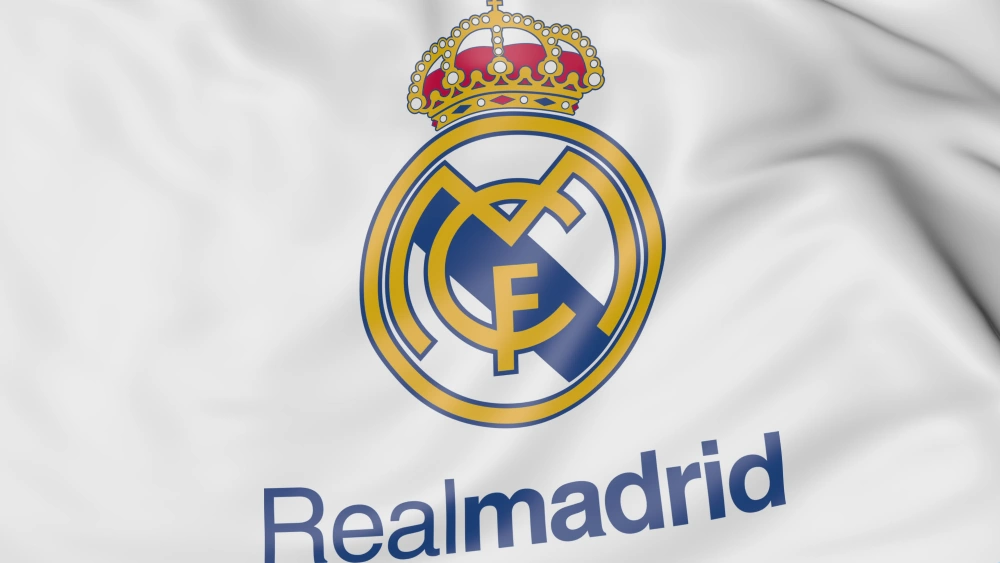Di Stefano, the signing that changed the course of football history
Nowadays, the transfer market is an issue that generates a lot of attention both for those signings that manage to materialize and for the rumors and the expectation that surrounds a possible signing by their favorite club. Each window of the transfer market allows thousands of transfers to be made in all parts of the world, with the flashiest and most interesting almost always happening in the European scene due to the money that is handled in that region and due to the Bosman ruling that facilitated the transit of players from one country that was part of the European Community to another.
Early days of Di Stefano
Born in 1926, in Barracas, a town located in Buenos Aires, Di Stefano had a great influence from his father to lean towards the practice of football, doing it first in the local club, Barracas, and then in the Progressive Social and Sports Club (currently Progressive Club) until 1943. In 1944, he went to trial at River Plate, where he was selected and enrolled in the reserve team.To put a bit of context, in the 1940s, River Plate was considered one of the best teams in the world, with an approach to the game that many say served to influence the style of Total Football that would later be popularized by the Dutch national team in the 1970s. In a team that had names like Pedernera and Labruna, a young Di Stefano began to take on a certain role, after a loan at CA Huracán, which helped him adapt to professional football.
El Dorado
In 1949, the recently created Colombian football league suffered a sanction from FIFA that affected the national federation and the national team, disaffiliating them from the highest world football organization. In this scenario, the Colombian clubs took advantage of the fact that they did not have to pay a commission for the transfer of the players as they were not part of FIFA and began to offer very high salaries to many world class players, a stage that was known as "El Dorado".The first club to do so was Millonarios FC who hired Pedernera and this opened the way for the rest of the stars to come to Colombia, including Di Stefano, who joined his old teammate in Millonarios. The famous "Ballet Azul" managed to conquer 3 of the four leagues played in the four years that Di Stefano was in Colombia. In 1952, Millonarios participated in a friendly tournament organized by Real Madrid in the Spanish capital in which the white club would take the opportunity to see Pedernera in person. However, after the tournament ended, president Santiago Bernabeu was amazed at Di Stefano.
In 1953 an agreement was reached between the Colombian federation and FIFA for their reincorporation into the organization and it was established that the players who had been signed in that period of disaffiliation had to return to their club of origin no later than October 1954.
The signing that almost was
In 1953, knowing the agreement reached, FC Barcelona decided to ask River Plate, the club to which Di Stefano was bound to return to, how much their price was for the player, starting negotiations between the two clubs that ended up reaching an agreement a couple of months later, especially in June 25th. The agreement included a clause that said that Di Stefano had to join FC Barcelona before July 26th of 1953 or the agreement was annulled.In parallel, Real Madrid decided to negotiate with Millonarios to obtain the signing of the Argentine player until October 1954, that is, until the maximum date where he could remain in the Colombian club. The agreement was reported by the Colombian club to River Plate while the Argentine institution negotiated with FC Barcelona.
The signing became a mess that required FIFA to intervene making a decision that today would be unthinkable, not only because of the decision itself, but because of the clubs involved in said decision. Di Stefano would play until 1954 at Real Madrid, in the following season he would play at Barcelona and thus he would alternate both clubs until 1957. If it is currently difficult to see a direct transfer between both clubs, to think that a player would alternate for four seasons is practically impossible.
In September 1953, Di Stefano would play his first match with Real Madrid, following what was established by FIFA. However, a month later, Barcelona, which felt harmed by the decision, decided to sell part of the Argentine's record to Real Madrid, so Di Stefano could stay at the Spanish capital. However, funny enough, for a month, Alfredo Di Stefano was a player for Real Madrid and Barcelona simultaneously or at least at an administrative level.
Di Stefano at Real Madrid
Real Madrid had not won the Spanish league for 20 years at the time of the Argentine's arrival at the institution, noting that they had only won the competition twice. With Di Stefano, Los Blancos won 8 Spanish leagues, 5 consecutive European Cups (a record that has not been equaled to date) scoring in the five finals, one Copa del Generalísimo (nowadays known as the Copa del Rey), two Latin Cups and one Intercontinental Cup. To this we must add that individually, Di Stefano, thanks to his time at Real Madrid, established himself as one of the best players of all time, being considered by some, including the Brazilian legend Pelé, as the best to have ever played the game.Knowing the end of the story, it is interesting to think what would have happened to Real Madrid and Barcelona if FIFA's decision had been complied with or if Di Stefano had signed directly for Barcelona. Possibly the European scene in football during the second half of the last century would have been very different.
